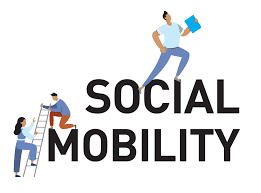Breaking Down Barriers: How Education Can Promote Social Mobility
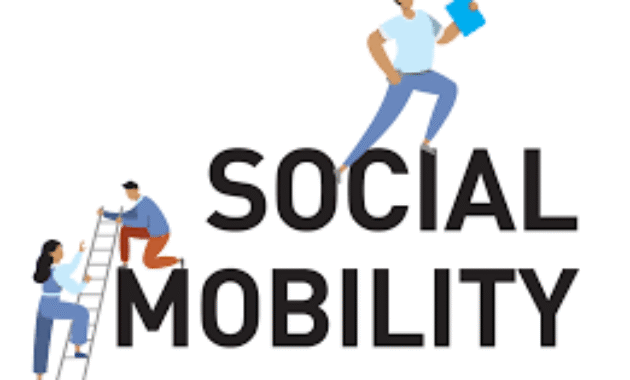
preview
In an unequal world, education stands as one of the most powerful tools for transforming lives and leveling the playing field. It is more than just a pathway to knowledge—it is a lifeline for social mobility, offering individuals the chance to rise above economic hardship, social constraints, and systemic disadvantages.
From rural villages to urban centers, education has repeatedly proven its ability to break cycles of poverty, empower marginalized communities, and create opportunities where none existed before. But despite its proven impact, millions still face barriers to quality education, limiting their chances for upward mobility.
This in-depth article explores:
- Significant factors restricting accessibility
- On-the-ground approaches to foster inclusion
- Actionable steps governments, institutions, and individuals can take
By the end, you’ll understand why investing in education is not just a moral obligation—it’s an economic and social necessity.
Understanding Social Mobility and Its Connection to Education
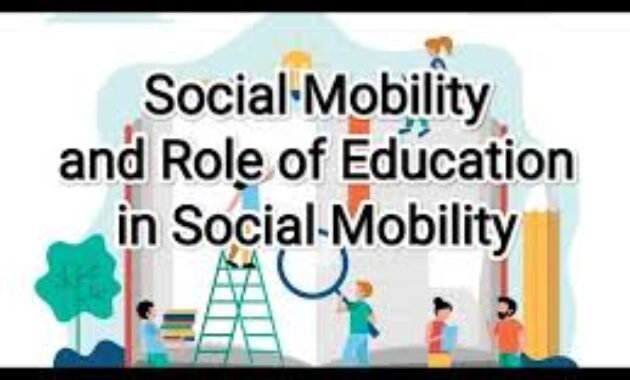
What is Social Mobility?
Social mobility describes the ability of individuals or families to move up or down within a society’s social or economic structure. It reflects changes in one’s income, education, or career status in comparison to their parents or contemporaries.
Types of Social Mobility
- Intergenerational Mobility – When children attain a higher income, education level, or job status than their parents.
- Intragenerational Mobility – When a person improves their economic or social position during their own lifetime.
- Absolute Mobility – Refers to overall improvements in quality of life over time, such as earning higher wages or accessing better healthcare.
- Relative Mobility – Involves changes in a person’s social ranking compared to others, like rising from the lowest 20% to the highest 20% in income.
Let me know if you’d like it more formal or simplified further.
Knowledge is the True Equalizer
Education empowers individuals to rise above social and economic barriers by:
✔ Providing skills for better-paying jobs
✔ Expanding networks and professional opportunities
✔ Reducing discrimination by valuing merit over background
✔ Cultivating a culture of innovation and enterprise
Studies show that each additional year of schooling can increase a person’s earnings by 8-10%, proving that education is one of the most reliable investments for economic advancement.
How Education Breaks Down Barriers to Social Mobility
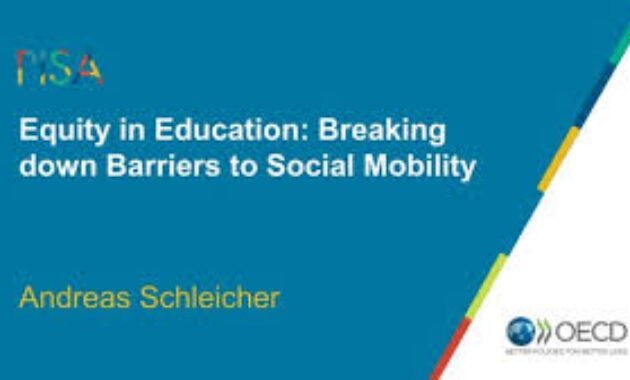
1. Economic Empowerment
- Higher education leads to better-paying jobs, lifting families out of poverty.
- Countries with strong education systems see faster GDP growth and lower income inequality.
2. Reducing Gender and Racial Inequality
- Educated women are more likely to enter the workforce, delaying marriage and reducing child mortality rates.
- Minority groups with access to education see reduced wage gaps and increased representation in leadership roles.
3. Encouraging Civic Engagement
- Educated individuals are more likely to vote, advocate for policies, and challenge injustices.
- Societies with higher literacy rates experience lower crime rates and stronger democracies.
4. Breaking Generational Poverty
- Children of educated parents are more likely to attend school themselves, creating a positive cycle.
- Education reduces dependency on low-wage labor, opening doors to stable careers.
Barriers Preventing Education from Fulfilling Its Role
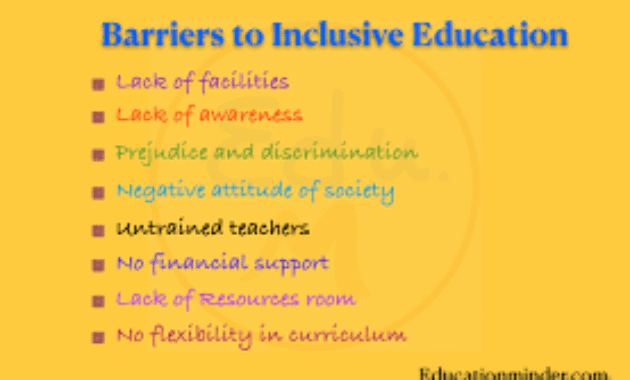
Despite its benefits, millions remain excluded from quality education due to systemic obstacles.
1. Economic Constraints
- Tuition fees, textbooks, and transportation costs make education unaffordable for low-income families.
2. Topographical and Infrastructure Hurdles
- Rural areas often lack proper schools, trained teachers, and electricity.
- Students in conflict zones face disrupted education due to war and displacement.
3. Bias Rooted in Society and Culture
- Gender discrimination prevents girls from attending school in some regions.
- Caste and class systems restrict opportunities for marginalized groups.
4. Outdated Education Systems
- Many schools teach irrelevant skills that don’t match job market demands.
- Standardized testing favors memorization over critical thinking.
Proven Solutions to Enhance Education for Social Mobility
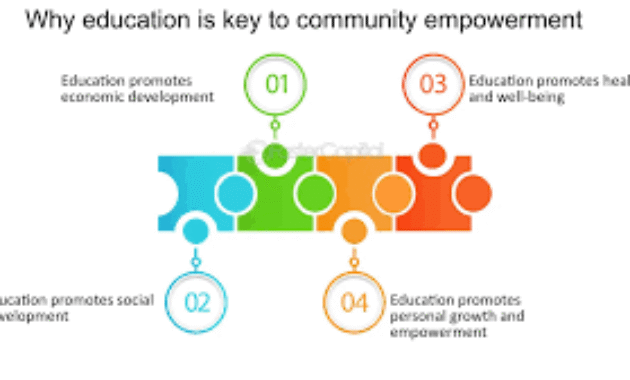
1. Government Initiatives
- Boost investment in public education and skills-based training programs.
- Launch scholarship schemes aimed at supporting disadvantaged students.
- Strengthen and enforce laws against discrimination to promote equal educational opportunities.
2. Community and Nonprofit Contributions
Develop mentorship initiatives that link students with experienced professionals.
- Mobile schools and digital classrooms for remote areas.
- Awareness campaigns to change cultural attitudes toward education.
3.Business and Industrial Synergies
- Bridging the education-to-employment gap through internships and apprenticeship programs.
- Skill-based training programs aligned with market needs.
4. Leveraging Technology
- Online learning platforms (Coursera, Khan Academy) for remote education.
- AI and adaptive learning technologies to tailor education to individual needs.
Real-Life Success Stories: Education as a Catalyst for Change
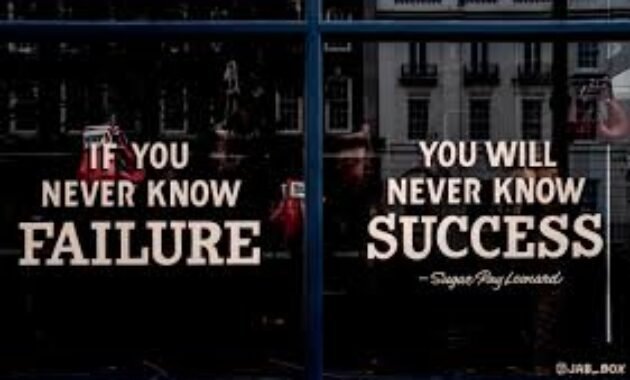
1. Malala Yousafzai – Defying Extremism Through Education
- Faced a Taliban assassination attempt as a result of her efforts to support girls’ education.
- Became the youngest Nobel Prize laureate and a global education activist.
2. Howard Schultz – From Public Housing to Starbucks CEO
- Grew up in poverty but accessed education through athletic scholarships.
- Transformed Starbucks into a global brand, proving education unlocks opportunities.
3. Dr. APJ Abdul Kalam – From Newspaper Seller to India’s President
- Sold newspapers as a child but pursued engineering through government scholarships.
- Became India’s “Missile Man” and later, the President.
These stories prove that when education is accessible, extraordinary transformations happen.
Forging the Path Forward: What Comes Next?
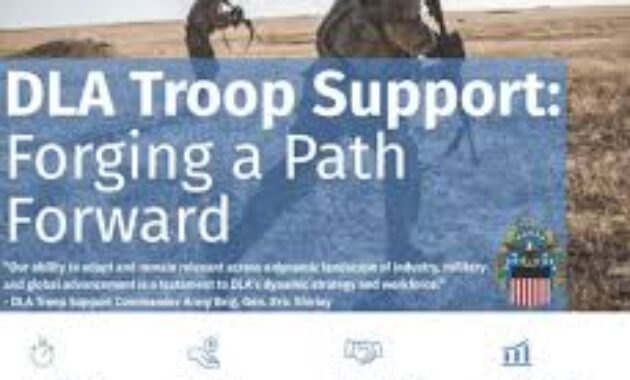
1. . Focus on Strengthening Early Learning Foundations
- Studies show 90% of brain development happens before age 5—investing in early education is crucial.
2. Reform Standardized Testing
- Shift from memorization-based exams to skill-based assessments.
3. Enhance Affordability in Postsecondary Education
- Expand student loan forgiveness and income-based repayment plans.
4. Encourage Lifelong Learning
- Promote adult education programs for career shifts and upskilling.
Conclusion: Education is the Key to a Fairer Future
Education is not just about degrees—it’s about dignity, opportunity, and freedom. When we remove barriers to learning, we don’t just change individual lives; we transform entire societies. By investing in schools, supporting teachers, and leveraging technology, we can create a world where every child, regardless could realistically attain success.
Final Thoughts
- Education = Empowerment
- Barriers can be broken with the right policies and collective effort.
- Every step toward equal education is a step toward a more just world.

